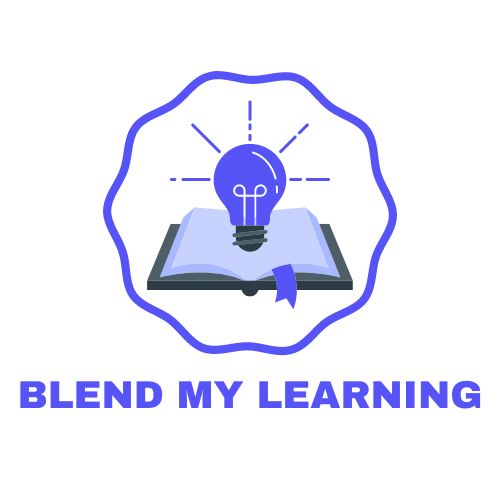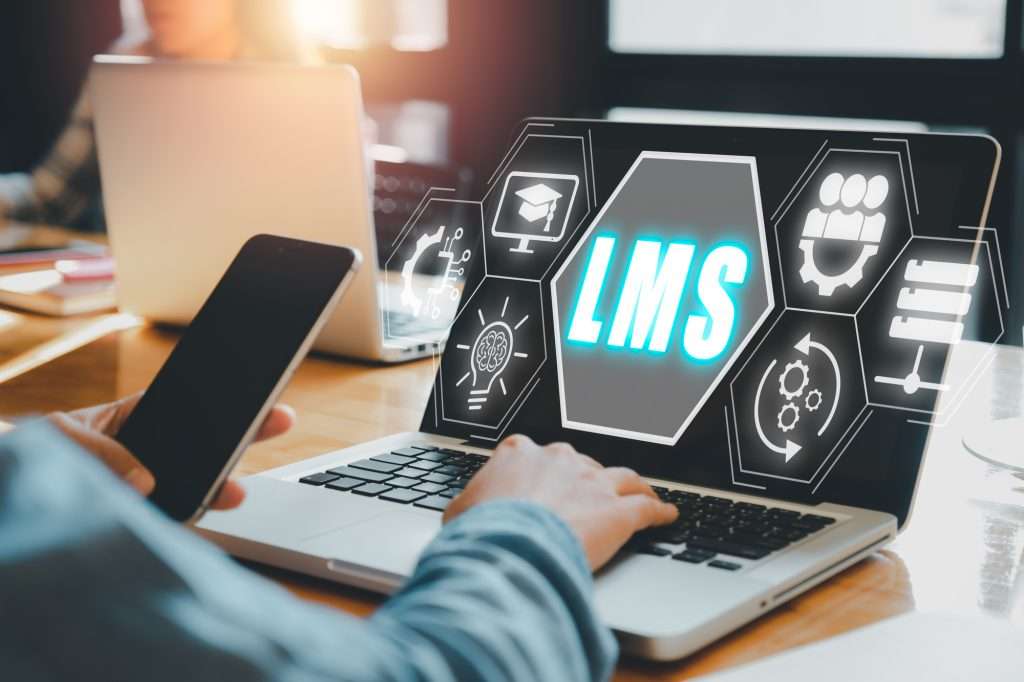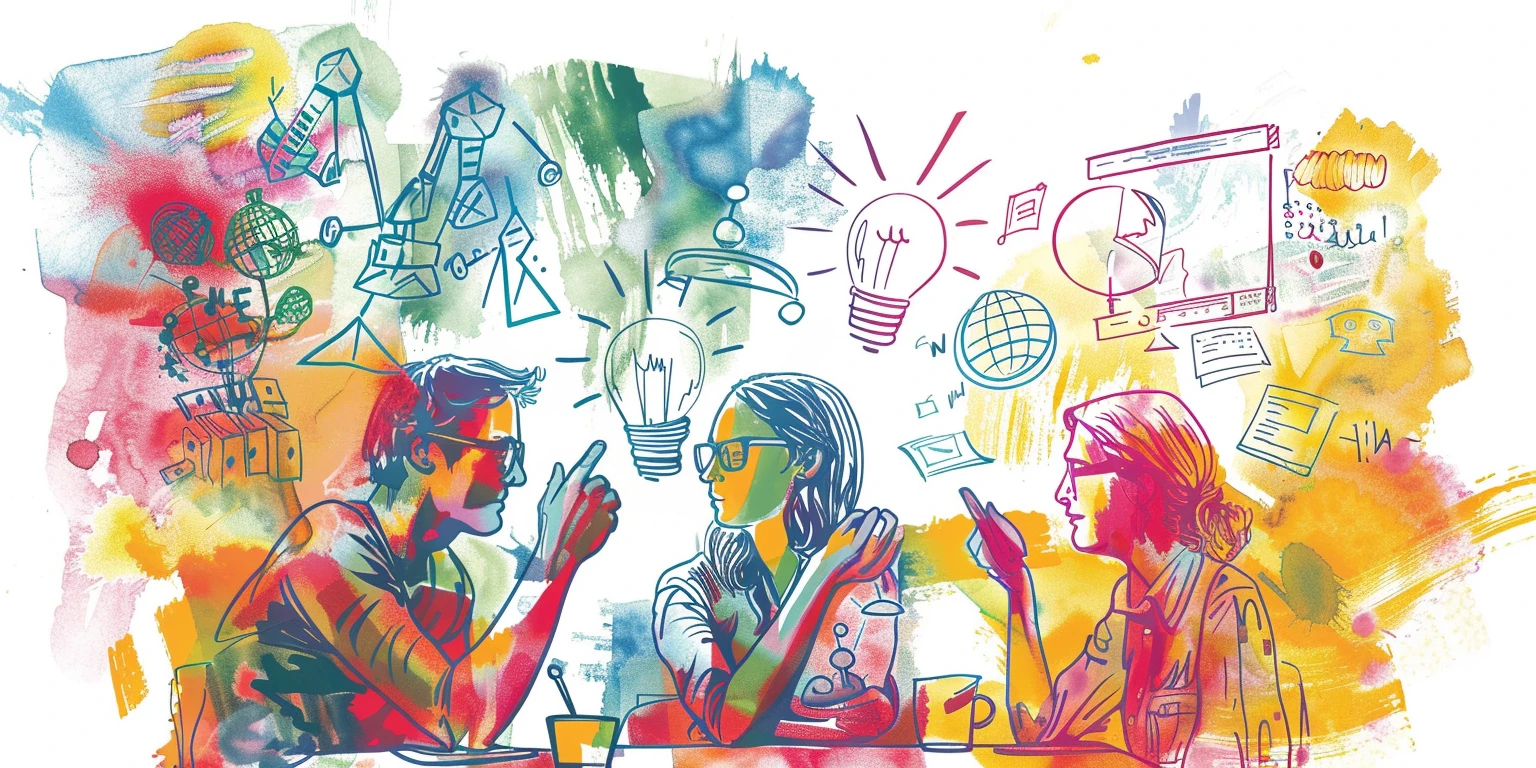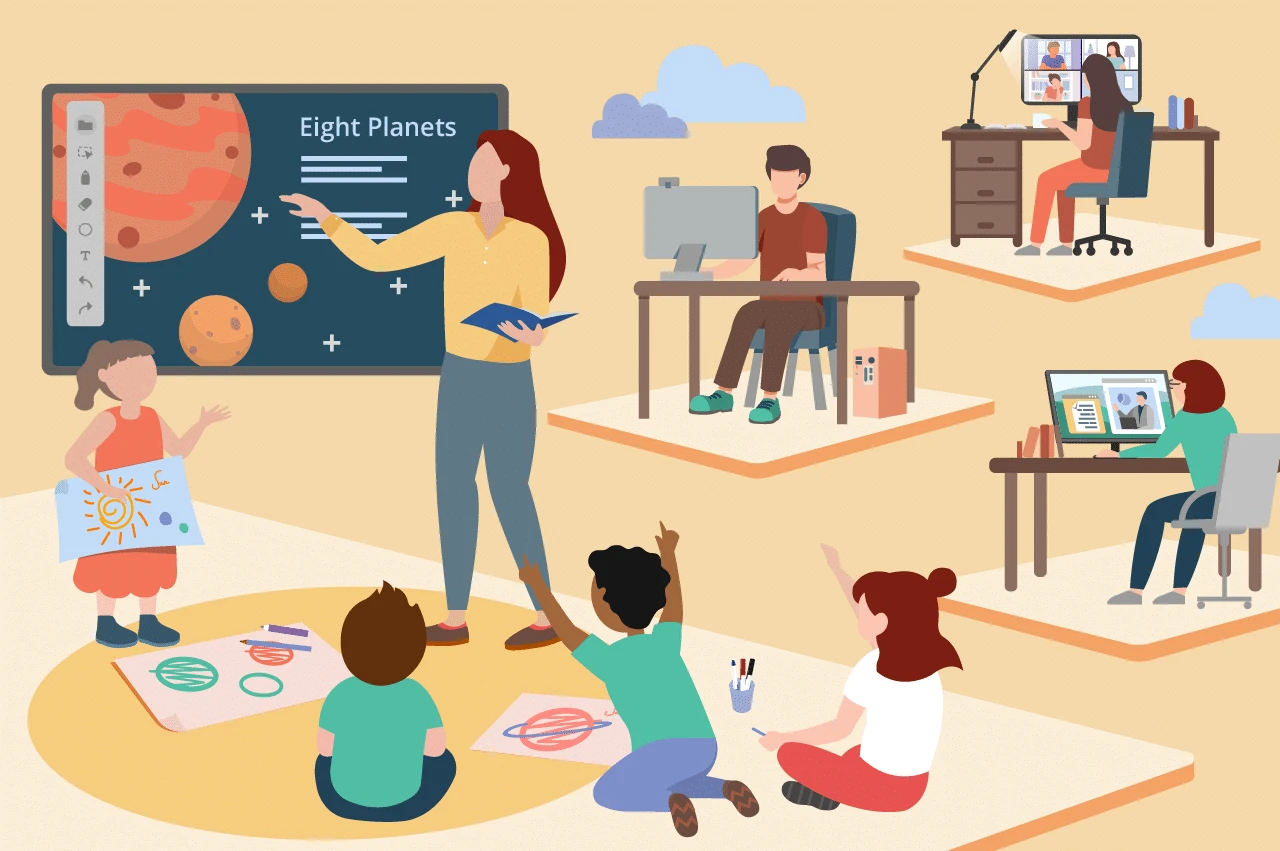As a lifelong learner, I’ve witnessed the evolution of education firsthand. Gone are the days of pure in-person instruction – the digital generation now demands a more dynamic approach.
This is where blended learning, or the marriage of online and traditional methods, emerges as a cornerstone of modern pedagogy. I often find myself immersed in this hybrid model, where tech-savvy learners like myself thrive in environments that seamlessly integrate digital tools.
These dynamic spaces enhance our educational experience, catering to our familiarity with the virtual realm. It’s an exciting time to explore the essential tools that cultivate digital literacy within this blended learning landscape. In this post, I will talk about the keys to empowering the digital generation.
Components of Blended Learning
Online Platforms and Resources
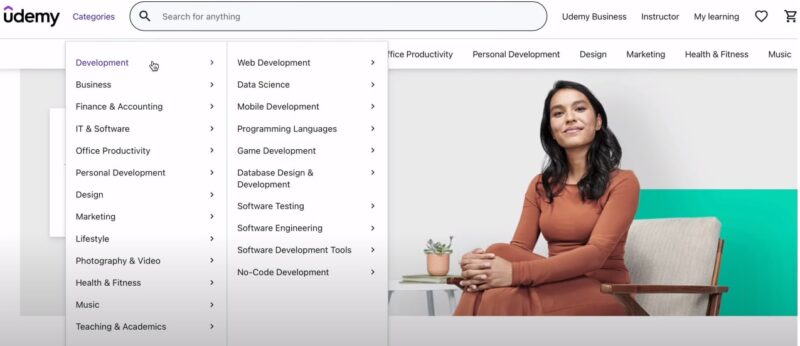
In a blended learning setup, online platforms play a pivotal role. These platforms offer interactive content, multimedia materials, and self-paced learning modules. Here are some key tools and resources:
- Learning Management Systems (LMS): A robust LMS is crucial. It organizes content, tracks progress, and facilitates communication between educators and learners. Examples include Moodle, Canvas, and Blackboard.
- Interactive Content: Tools like H5P and Genially create engaging, interactive learning experiences that can include quizzes, videos, and simulations.
- Multimedia Materials: Utilizing videos, podcasts, and infographics can cater to different learning styles. Resources like Khan Academy and Coursera offer rich multimedia content.
- Self-Paced Learning Modules: Platforms like Udemy and LinkedIn Learning provide courses that learners can complete at their own pace, enhancing flexibility and personalization.
Face-to-Face Interactions
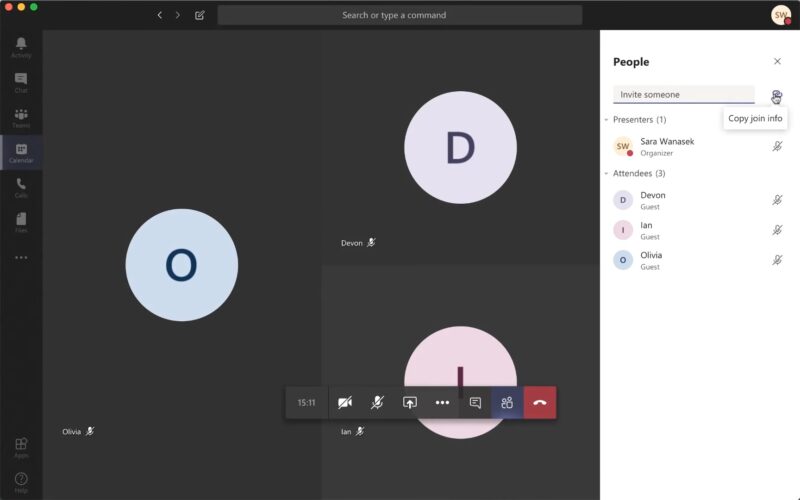
Despite the digital emphasis, face-to-face interactions remain crucial. They encourage collaboration, critical thinking, and interpersonal skills through classroom sessions, workshops, or personal discussions. Tools to enhance these interactions include:
- Video Conferencing: Applications like Zoom and Microsoft Teams facilitate virtual face-to-face interactions, making it easy to conduct live classes and group discussions.
- Collaboration Tools: Google Workspace and Microsoft 365 offer real-time collaborative tools for group projects and shared learning experiences.
- Interactive Whiteboards: Tools like Jamboard and Miro allow for real-time brainstorming and collaborative problem-solving during in-person sessions.
Advantages of Blended Learning
1. Flexibility

I find that one of the most significant advantages of blended learning is the sheer flexibility it affords. As a learner, I appreciate being able to access course materials on my own time and from any location that is convenient for me.
This allows me to seamlessly integrate my educational pursuits with the various other obligations and responsibilities I must juggle in my daily life. The flexibility inherent in the blended learning model is particularly valuable for individuals like myself who are attempting to balance the demands of work, family, and other personal commitments alongside our academic pursuits.
2. Personalization
As someone who’s been through the education system, I can certainly appreciate the value that blended learning brings to the table. Rather than the one-size-fits-all approach of traditional instruction, blended learning allows for a more customized experience catered to the unique learning needs and preferences of each student.
In my opinion, this type of personalized learning is something that completely changes things. It empowers students to truly engage with the material and make the most of their educational path instead of feeling like they’re being forced to conform to a rigid system.
It’s a shift towards a more learner-centric model that I believe will yield tremendous benefits both for students and for the education system as a whole.
3. Engagement
As I see it, the blended learning approach I’ve been exploring incorporates a diverse range of elements – interactive multimedia, gamification, and collaborative activities. The goal here is to really boost engagement and make the learning process more dynamic and immersive for students.
In fact, I’ve found that gamified platforms can be a particularly effective way to transform the act of learning into something akin to gameplay. By incorporating rewards, challenges, and a bit of healthy competition, these gamified approaches have the power to genuinely motivate learners and make the whole experience more enjoyable and rewarding.
4. Skill Development
I’ve found that blended learning approaches can be incredibly beneficial for students. Not only does it help enhance their digital literacy skills, but it also nurtures their online communication abilities.
For instance, tools like Google Classroom and Edmodo provide valuable opportunities for students to learn how to effectively navigate various digital platforms. Meanwhile, engaging in online forums and discussion boards allows them to hone their communication skills in a virtual setting.
Overall, I believe the integration of technology-enabled learning, coupled with purposeful digital interactions, can be a powerful way to prepare students for the increasingly digital world they’ll be navigating. It’s an approach that allows them to develop a versatile skillset that will serve them well both in and outside the classroom.
Implementation Strategies for Blended Learning
Choosing the Right LMS
When it comes to choosing a learning management system (LMS), I’ve found that selecting one that is truly user-friendly and supports meaningful engagement through comprehensive tracking and interactive features is absolutely essential.
After evaluating several options, the key considerations I tend to focus on are the overall ease of use, the system’s integration capabilities, and its support for a wide range of multimedia content.
These factors are crucial, as an LMS that is clunky or difficult to navigate can quickly become a frustration for both instructors and learners alike. And the ability to seamlessly incorporate different content types – from text and images to audio and video – is integral to delivering an enriching, dynamic learning experience.
Integration is also key, allowing the LMS to work harmoniously with other essential tools and platforms.
Balanced Learning Experiences
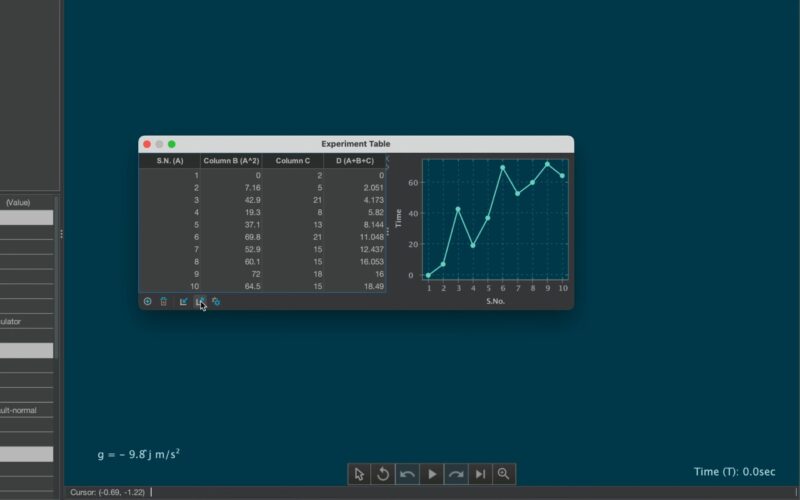
As someone who spends a considerable amount of time both online and offline, I’ve come to appreciate the importance of striking the right balance between the two. In my experience, online activities are most effective when they are interactive and tightly aligned with the intended learning objectives.
Using virtual labs or simulations, for example, can make the learning process much more engaging and hands-on. At the same time, I believe offline sessions play a crucial role and should emphasize active learning and collaborative approaches.
Techniques like group work, debates, and hands-on projects can be incredibly valuable in reinforcing concepts and fostering deeper understanding. The key is to find that sweet spot between the digital and physical to create a truly enriching educational experience.
Support and Communication
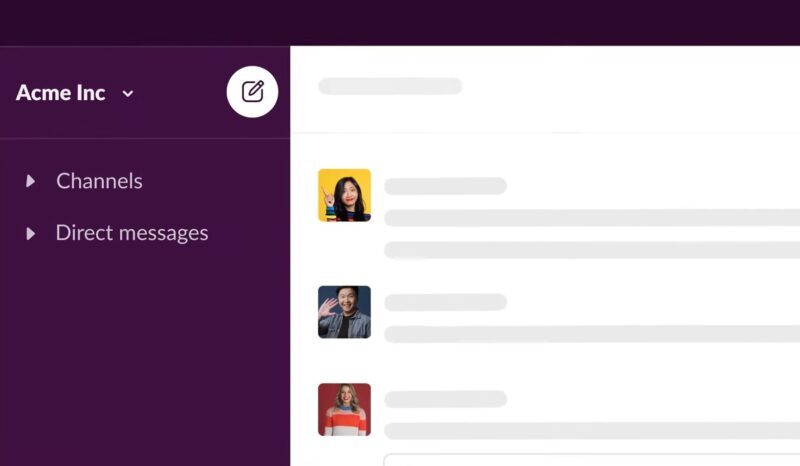
Ongoing support, clear communication, regular feedback, and timely interventions are absolutely essential for the successful implementation of any new program or initiative. Without these key elements in place, even the most well-designed plans can falter.
In my experience, leveraging tools like Slack and Remind can be a real game-changer when it comes to enhancing communication between myself and my students. These platforms allow me to stay closely connected with my learners, ensuring that everyone remains informed and fully supported throughout the learning process.
The instantaneous nature of the messaging and notifications helps to keep everyone on the same page and prevents any important details from slipping through the cracks. It’s a simple but highly effective way to foster a collaborative, communicative classroom environment.
Empowerment and Adaptability
Blended learning empowers learners to take control of their educational journey and adapt their learning to their preferences. This autonomy fosters a sense of responsibility and self-motivation, crucial traits for lifelong learning.
Skill Preparation
The approach prepares students for the demands of the digital age by developing essential skills and competencies needed for the 21st century and beyond. Digital literacy, critical thinking, and effective communication are among the key skills honed through blended learning.
Importance of Community and Collaboration
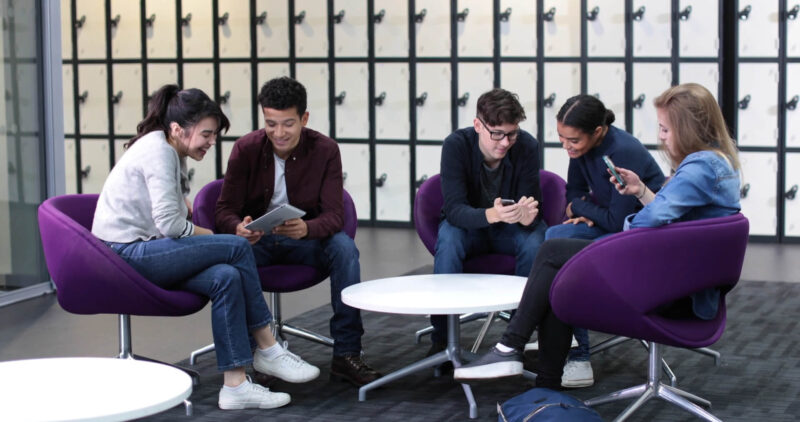
Face-to-face interactions are vital for building community and fostering a supportive learning environment. Despite the digital shift, the human element remains indispensable. Encouraging in-person collaboration and community-building activities strengthens relationships and enhances the overall learning experience.
Final Thoughts
As I see it, blended learning is far more than just a passing fad – it’s a truly transformative approach that harnesses the strengths of both digital and traditional educational methods.
Blending online platforms and resources with good old-fashioned face-to-face interactions makes this model a flexible, personalized, and deeply engaging learning experience.
Implementing the right tools and strategies can be really transformative, empowering learners, preparing them for the challenges of the future, and fostering a strong, collaborative learning community.
Related Posts:
- Blended Learning vs. E-Learning - What is a Better Option
- Top Blended Learning Models for Effective Education…
- Step-by-Step Guide to Creating a Blended Learning Curriculum
- Top 10 Online Learning Platforms for Blended Education
- Interactive Activities to Enhance Engagement in…
- How to Incorporate Collaborative Learning in a…
